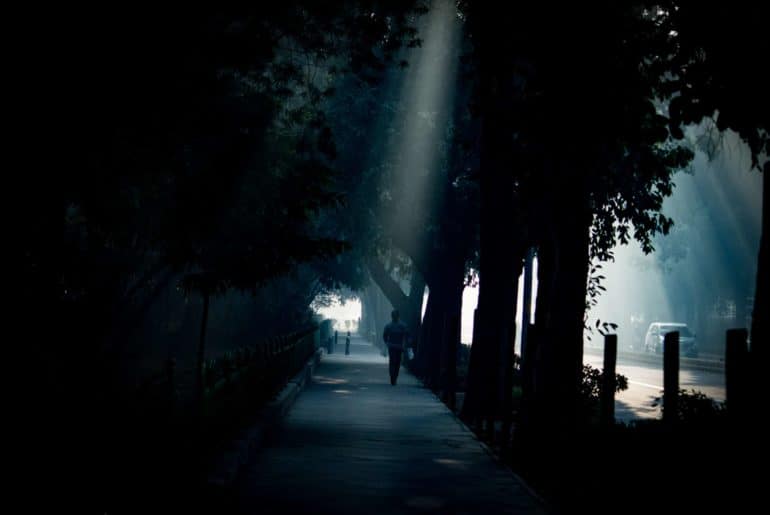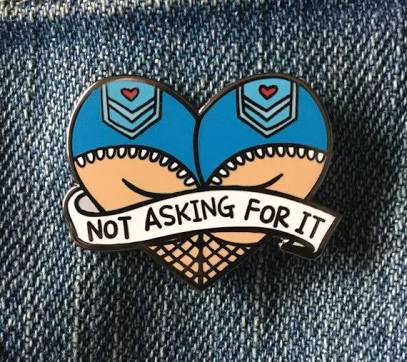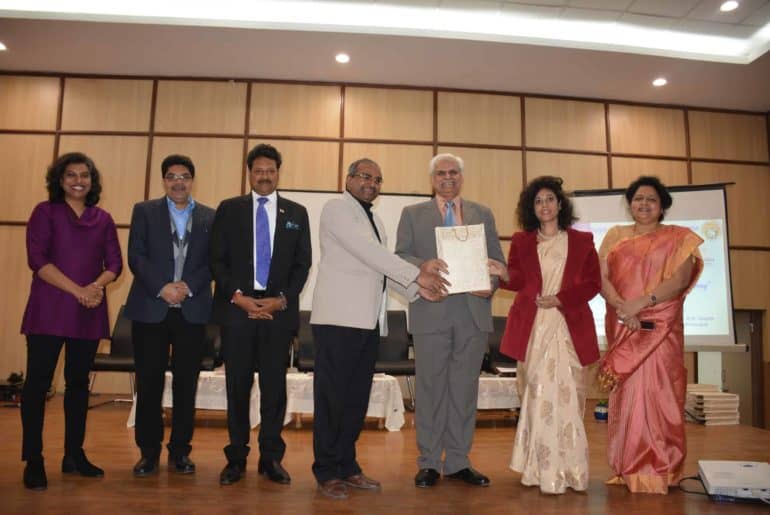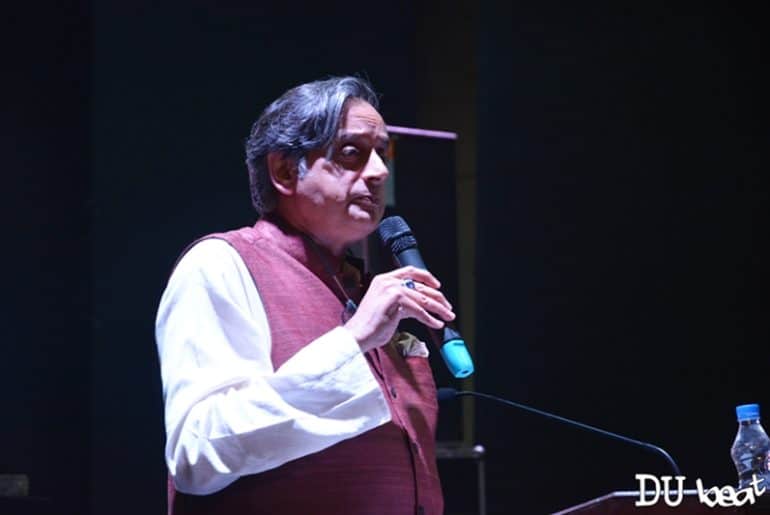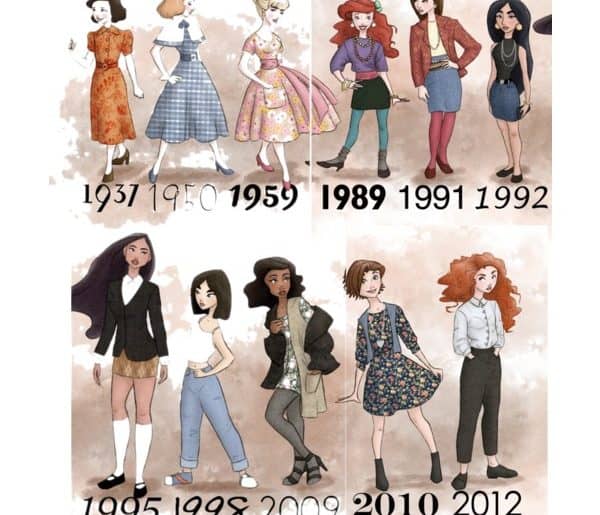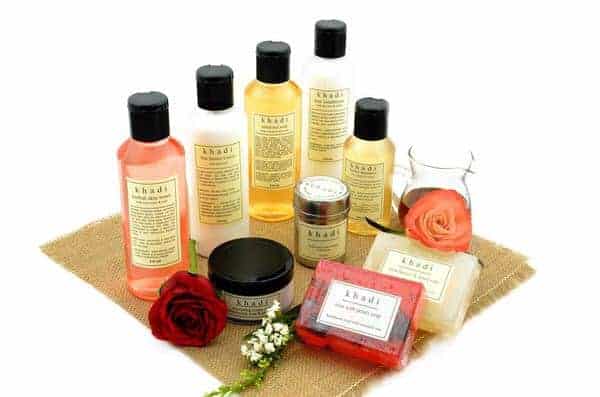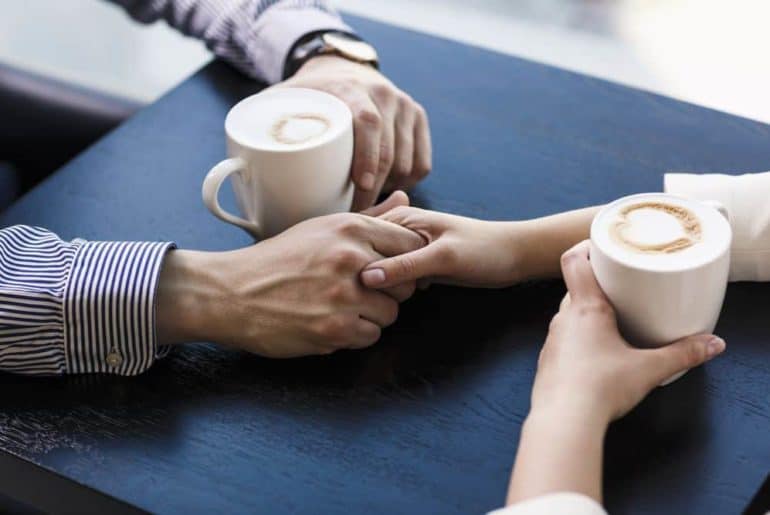The second day of Mushaira 2018 was dedicated to independent journalism, celebrating 10 years of the establishment of the largest student-run media organisation, DU Beat.
The day began with a panel discussion on “Quality Journalism for the New Age” was hosted by panellists Vinod Jose, Executive Editor of the Caravan, and Manisha Pande, Associate Editor of Newslaundry. In a vivacious discussion on quality journalism in the age of fake news and sheer propaganda, Vinod Jose and Manisha Pande enlightened the audience on the crises faced by modern day journalists. On being asked by Moderator Srivedant Kar on the apparent crisis looming upon media today, Vinod Jose held political pressure on journalists as being responsible. On the issue of distinguishing between quality and ‘fake’ journalism, Pande claimed that even the mainstream media isn’t exclusive of the phenomenon of fake propaganda; hence social media like Facebook and Twitter aren’t at fault alone.
Followed by the discussion on journalism was Dr. Shashi Tharoor’s inspirational speech on “How can the youth make a change today”. Dr. Tharoor started his speech by joking that age-old rivalry between Hindu College and St. Stephen’s is not there anymore and was nostalgic about his college days. He commented that students around his time had fewer opportunities than students of today and the youth must stay aware of the country’s politics. He emphasized the need for the youth of the country to be participative in decision making because they should not abdicate to old men for choices about their lives. He talked about India being the third country in the world with 800 startups each year, the advancement in telecommunications and advent of AI. The audience was enthusiastic throughout his speech and applauded him numerous times. He encouraged the students to take interest in various social or national issues and try to make a change. He ended his speech with the poem Tehzeeb by Gopal Krishna Gandhi and left the young minds absolutely enthralled.
The speech was succeeded by a panel discussion by three social media influencers, Sejal Kumar, Shibani Bedi and Shivesh Bhatia. The three talked about their gradual success, making good content, and to reach out to the target audience. Given the day and age we all live, and being a consumer of visual art, one’s photography skills matter but Shivesh added that one must make the best of what is at their disposal whether it is a phone, computer or DSLR. They all ended the discussion with the fact that there are no instant results and brands eventually come if one is committed fully to one’s work.
The next speaker of the session was Suchita Salwan who is the CEO and Founder of Little Black Book. She also happens to be a Hindu college alumnus. Talking about entrepreneurship, she quoted “There’s a difference between an influencer and an entrepreneur”. She emphasised on the fact that people who aspire to be entrepreneurs need to focus on forming winning companies. Also, addressing the problem of availing funds, she pointed out that it is important to find the right kind of investor for the company. A brief Q&A session followed.
In a nostalgic journey through memory lane, the former DU Beat members engaged the audience in a spirited discourse of their life after DU Beat. The panel consisted of Radhika, Gurman, and Brij, all ex-DUBsters. Their discussion ranged from jovial anecdotes about how Brij’s first article was rejected by Gurman Bhatia who was the Web Editor. DU Beat had played in constructing their professional lives. When asked about the prerequisites of being a good journalist, Radhika remarked, “You don’t necessarily need to do English honours to be a journalist. You don’t need to know fancy words. You just need to know how to do clean reporting.”
Speaking on “Partition Literature”, Sukrita Paul Kumar opined on the anguish and pain associated with the creative reflections of 1947. Quoting Gulzar’s “Dil Toh Baccha Hai Ji,” she asked the audience to revive the ‘child’ in them in order to prevent the rising homogenisation of society and keep alive the spirit of dynamic creativity. For her, knowledge of history combined with personal experience captures the essence of history better than history itself.
Following up next was the team of Slip of Tongue, who is a group performing slam poetry formed by the National Youth Poetry Slam winner Diksha Bijlani. Originally composed of seven members, only four could make it at the event. Starting off “Hero Syndrome”, Diksha Bijlani lifted the spirit of everyone present in the audience. Somesh Thapliyal’s “Toxic Masculinity” was the next performance. Diksha Bijlani and Cheryl Mukherjee performed a duet on female camaraderie titled “Bra Shopping”, much to the delight of the audience. The fourth member Ishaan Chawdhary performed a love poem titled “A wedding song”. Their performances left everyone snapping their fingers, which is a slam poetry tradition. A few other sets of poems followed before the team signed off, leaving the auditorium filled with the sound of snaps and claps.
In an enchanting performance by Delhi-based singers and songwriters Vishnu Kumar and Amani Kerr, the duo initiated their rhapsody with “Sugar” from Maroon 5. As it progressed to “I Can’t Feel My Face” from The Weeknd, everyone was left tapping their feet. The high-point of their rhapsody was the performance of “Attention” by Charlie Puth. They also captivated the audience with two of their originals, “Kite” and “Where the Light is Always Green”. With this, they drew the curtains of Mushaira 2018.
Feature Image Credits: Sahil Chauhan for DU Beat.
Oorja Tapan
[email protected]
Karan Singhania
[email protected]
Vaibhavi Sharma Pathak
[email protected]
Prachi Mehra
[email protected]

